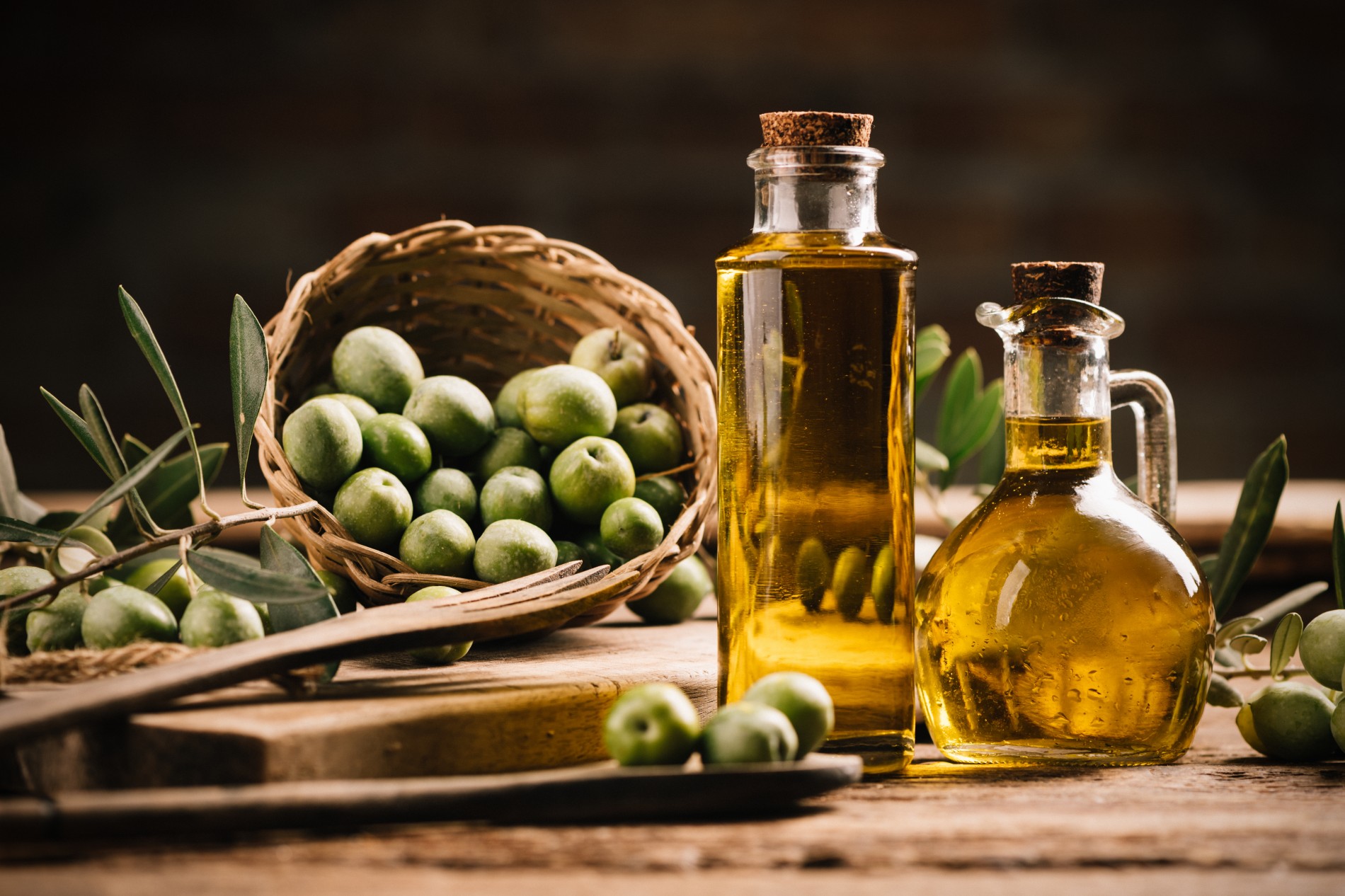
Olives From Tree, To Deli, To Table
We're well known for our artisanal olives selection, but do you know how these delicious little treats travel from tree to deli counter to your table?


We're well known for our artisanal olives selection, but do you know how these delicious little treats travel from tree to deli counter to your table?
One of the things Provender Brown is best known for is our fabulous selection of olives. In fact, many of our loyal customers started life with us as olive shoppers. We stock a range of both black and green varieties, fresh from the deli counter as well as jarred olives, canned olives and olives marinated in oils and herbs in handy little snack packs.
Some of our most popular choices are:
Shop all store cupboard olives >
From time to time we meet olive newbies – those lucky people who have yet to try their first olive. Inevitably, we are always asked, what is the difference between black and green olives?
It is very simple – green olives are picked before fully ripened, whereas black olives have been left to ripen fully.
Regardless of colour, freshly picked olives have a strong bitter flavour and so both green and black are cured before eating. There are a number of ways to do this including packing in salt, brine, or water.
Generally speaking, green olives are firmer and tend to be slightly more bitter than black olives. But like all good, seasonal ingredients the taste and texture depends on the quality of the farm, the artisan in charge, and the method and duration of the curing process.
If you are trying to increase your five a day, you’re in luck! There are no nutritional differences between green and black olives with both offering high amounts of monounsaturated fat (that’s the good stuff!), and minerals such as iron and copper. They’re also rich in vitamin E, polyphenols and flavonoids, which are all antioxidants.
One thing to look out for is dyed olives. Some black olives are in fact green olives which have been dyed black. You can tell a dyed black olive from the fact that they are all a uniform “boot-polish” glossy jet black colour or from the Ferrous Glucanate in the ingredient listing. Such olives have an unnatural chemical or metallic taint. We do NOT stock these olives!
Provender Brown stocks olives from all over the world, which we source from a number of different producers. One of our favourites is Olives et al who have been producing a fabulous range of deli counter and jarred olives without using artificial colours, flavourings or preservatives for over 27 years.
They begin with the finest ingredients, use original recipes (many handed down through the generations), add a bucket of passion and guarantee quality and authenticity will never be compromised for the sake of production.
The olive tree blossoms in spring and the fruit begins to set in early summer. All olives originally grow green and then gradually ripen through to dark. Green olives are ready to harvest around the end of September beginning October in the Northern Hemisphere.
Gradually the green olives start to turn in colour and the dark olives can be harvested from around mid November through to as late as March.
With only one known exception, olives are inedible straight from the tree and will make you very ill if you eat them. Olives must be prepared before being able to be eaten and this can be done in a number of ways:
Artisanal, green olives can either be naturally fermented in brine which takes a long time and or, more commonly, they are cured using a lye solution which is quick and very effective. Dark olives are harvested then stored in water until required for curing when they are placed in strong brine solutions to cure them which involves a natural fermentation process.
Considered to be one of the best and most flavoursome table olives – originates from the Kalamata region of the Peloponnese, Southern Greece. When the Kalamata olive is first harvested it is extremely bitter. This is entirely natural and the bitterness gradually fades over six to nine months whilst the olive goes through a natural fermentation process. Generally, these New Harvest olives are not released onto the market until they are ready in the Summer of the following year.
The main green olives that you will find in our deli counter mixed olive selections comes from Greece - normally the Amphissa or Halkidiki Olive. Halkidiki olives are larger and have a touch of pink inside just around the stone – perfectly normal and natural.
All green olives are totally inedible eaten from the tree and require curing in order to make them palatable. This is normally done commercially using a lye solution. New Harvest Green Olives are normally available for use in late November or December following a lactic fermentation in brine of around 60 days. Up until then the previous harvest is used; as the year wears on the green olive changes in nature from firm and crunchy to softer and milder.
The main processing systems are based, with some exceptions, on a highly controlled fermentation process using techniques and methodologies specific to each processor and depending upon the individual varieties being processed.
Olives are normally processed in the area they’re picked in having been harvested by hand to avoid damage and then transported in specially designed crates to avoid heating or damage to the olives. On arrival at the processing plant the olives are washed and graded with any undersized ones being removed, along with any other unwanted material like leaves, twigs, stones etc.
The olives are then processed and packed using one of the main 4 processing methods:

Discover Our 2025 Christmas Hampers
Last Day, 23rd December, Still available for shop collection 🎄